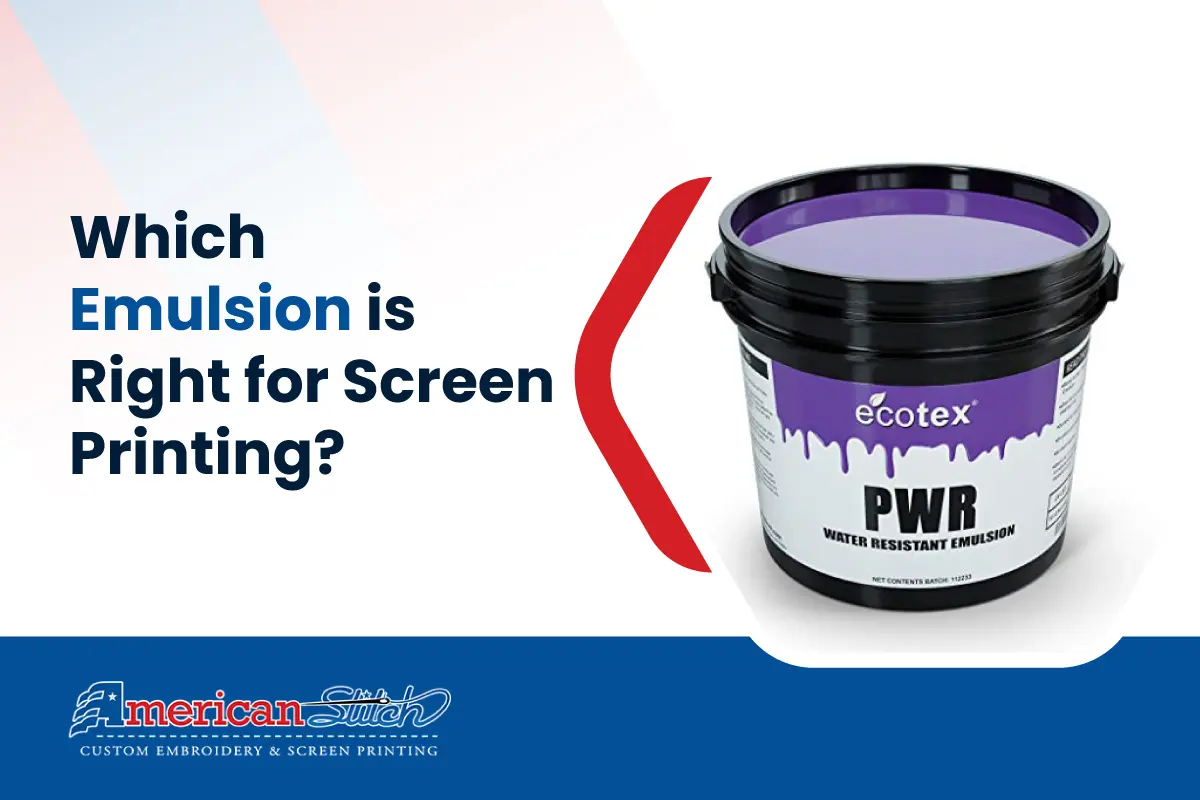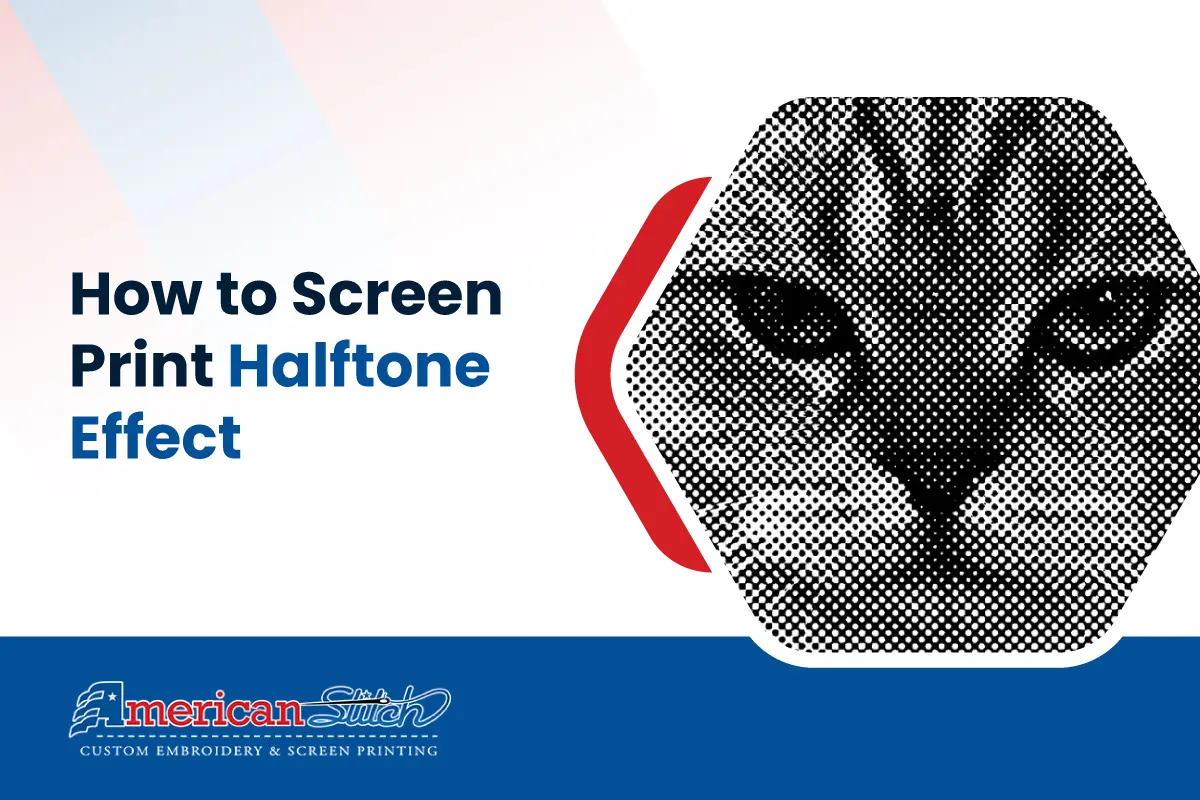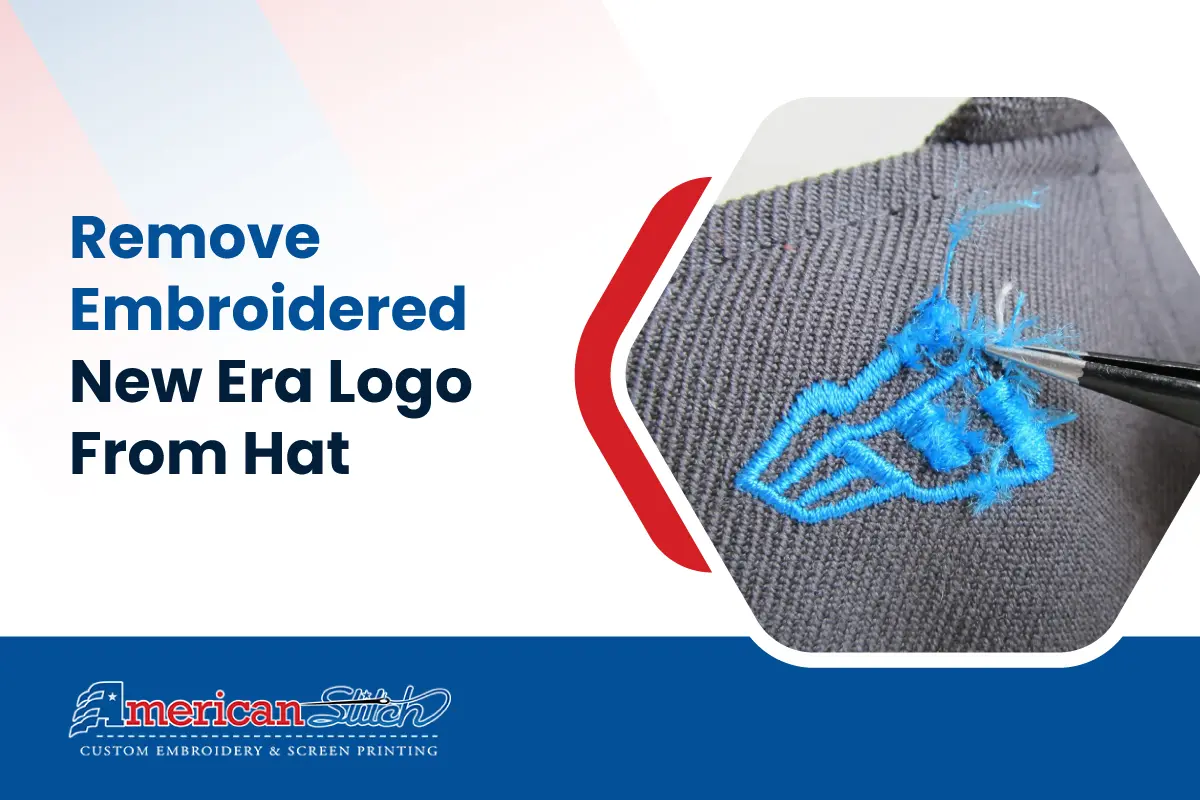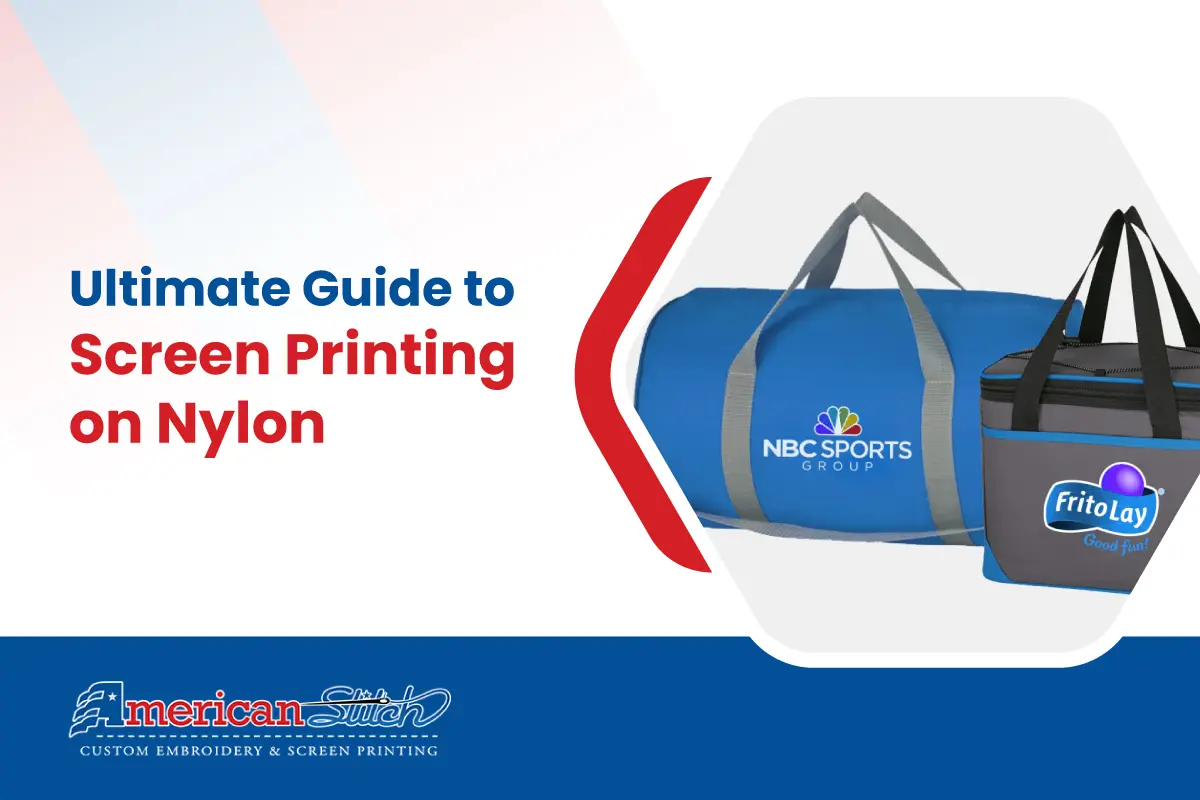Choosing the right emulsion for screen printing can be a game-changer for your projects. Whether you’re a beginner or a seasoned professional, understanding the various emulsions available and their unique properties will help you achieve the best results. Let’s dive into the world of screen printing emulsions and discover which one is right for you.
Table of Contents
What are Screen Printing Emulsions?
Screen printing emulsions are light-sensitive coatings applied to screens to create stencils. These stencils allow ink to pass through the screen only in desired areas, forming your design. The emulsion plays a crucial role in determining the quality and durability of your print.
Types of Screen Printing Emulsions
There are three main types of emulsions used in screen printing:
- Diazo Emulsions
- Dual-Cure Emulsions
- Photopolymer (Pure Photopolymer) Emulsions
Each type has its own characteristics, advantages, and ideal applications.
Diazo Emulsions
Diazo emulsions are widely used and appreciated for their versatility. They are typically slower to expose than other types, making them forgiving for beginners.
Pros and Cons
Pros:
- Cost-effective
- Easy to use
- Good for various ink types
Cons:
- Longer exposure times
- Limited shelf life once mixed
Best Use Cases
Diazo emulsions are excellent for beginners and those working with various inks, including water-based and plastisol inks.
Dual-Cure Emulsions
Dual-cure emulsions combine the properties of diazo and photopolymer emulsions, offering a balance between ease of use and performance.
Pros and Cons
Pros:
- Shorter exposure times than diazo
- High durability and chemical resistance
- Versatile with different ink systems
Cons:
- More expensive than diazo
- Requires precise handling
Best Use Cases
Ideal for printers needing a durable emulsion for large runs and a variety of ink systems.
Photopolymer Emulsions
Photopolymer emulsions are known for their fast exposure times and excellent resolution. They are pre-sensitized and ready to use.
Pros and Cons
Pros:
- Very fast exposure times
- High resolution and detail
- Long shelf life
Cons:
- More expensive
- Less forgiving with exposure errors
Best Use Cases
Perfect for high-detail work and quick turnover projects where speed and precision are critical.
Factors to Consider When Choosing an Emulsion
Type of Ink
The ink you use plays a significant role in selecting the right emulsion. Water-based inks require emulsions with high water resistance, while solvent-based inks need emulsions that can withstand harsh chemicals.
Exposure Time
Consider the time you can afford for exposure. If you need quick results, photopolymer emulsions are your best bet. For a more forgiving exposure process, diazo emulsions are ideal.
Durability
If you’re printing a large number of items, you need an emulsion that can handle repeated use without degrading. Dual-cure emulsions offer excellent durability for high-volume projects.
Ease of Use
For beginners, emulsions that are easy to apply and expose, such as diazo emulsions, are the best choice. As you gain experience, you might explore more advanced options like photopolymer emulsions.
How to Apply Emulsions
Applying emulsion correctly is key to achieving high-quality prints. Here’s a step-by-step guide:
- Prepare the Screen: Clean the screen thoroughly to remove any dust or grease.
- Coat the Screen: Pour a small amount of emulsion onto the screen and spread it evenly using a scoop coater.
- Dry the Screen: Place the coated screen in a dark, dust-free area to dry. Ensure it’s completely dry before exposure.
- Expose the Screen: Use a light source to expose the screen according to the emulsion’s specifications.
- Rinse the Screen: After exposure, rinse the screen with water to reveal the stencil.
Exposure and Drying
Proper exposure is crucial for a durable and clear stencil. Underexposed screens can result in weak stencils, while overexposed screens can be difficult to wash out. Ensure your exposure unit is calibrated correctly and follow the manufacturer’s guidelines.
Common Problems and Solutions
Underexposure
If your screen is underexposed, the stencil will be weak and may wash out during printing. Increase the exposure time or check your light source.
Overexposure
Overexposed screens are hard to wash out, making the stencil unusable. Reduce exposure time or adjust the distance of your light source.
Peeling
If the emulsion peels off, it could be due to improper drying or a dirty screen. Ensure the screen is clean and dry before coating.
Maintenance and Storage of Emulsions
Store emulsions in a cool, dark place to extend their shelf life. Pre-mixed diazo emulsions should be used within a few weeks, while photopolymer emulsions have a longer shelf life. Always seal containers tightly to prevent contamination.
Safety Precautions
Handling emulsions involves chemicals that can be harmful. Always wear gloves, goggles, and protective clothing when working with emulsions. Ensure your workspace is well-ventilated and follow the manufacturer’s safety instructions.
Advanced Tips for Screen Printers
To improve emulsion performance, consider using a degreaser before coating the screen. This removes any residual oils and helps the emulsion adhere better. Additionally, customizing emulsions by adding sensitizers can enhance their properties for specific applications.
Industry Trends and Innovations
The screen printing industry is constantly evolving, with new emulsions being developed to meet various needs. Eco-friendly emulsions are gaining popularity, offering a more sustainable option without compromising on quality.
Conclusion
Choosing the right emulsion for screen printing is essential for achieving the best results. Whether you opt for diazo, dual-cure, or photopolymer emulsions, understanding their properties and applications will help you make an informed decision.
Remember to consider factors like ink type, exposure time, durability, and ease of use when selecting an emulsion. With the right emulsion, you can produce high-quality prints that meet your needs and expectations.
Frequently Asked Questions
What is the best emulsion for beginners?
Diazo emulsions are ideal for beginners due to their cost-effectiveness and forgiving exposure times.
How long does emulsion last?
Unmixed emulsions can last up to a year if stored properly. Once mixed, diazo emulsions should be used within a few weeks.
Can you reuse emulsion-coated screens?
Yes, screens can be reclaimed and reused, but the emulsion itself cannot be reused once it has been exposed and developed.
What are the signs of a bad emulsion?
Signs of a bad emulsion include separation, clumping, or a change in color. These indicate that the emulsion is no longer effective.
How can I remove emulsion from a screen?
Emulsion removers or stencil removers are used to break down the emulsion so it can be washed off the screen, allowing it to be reused.




